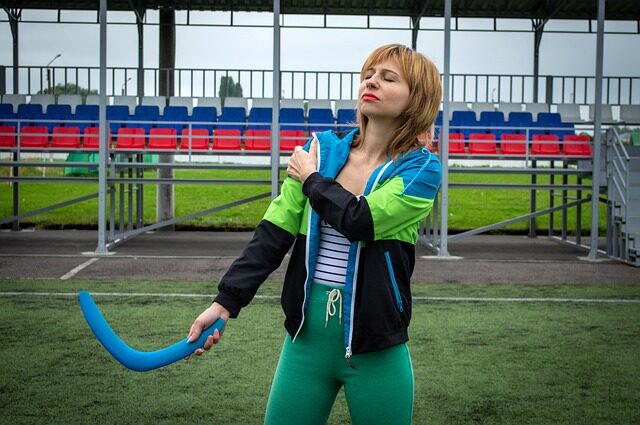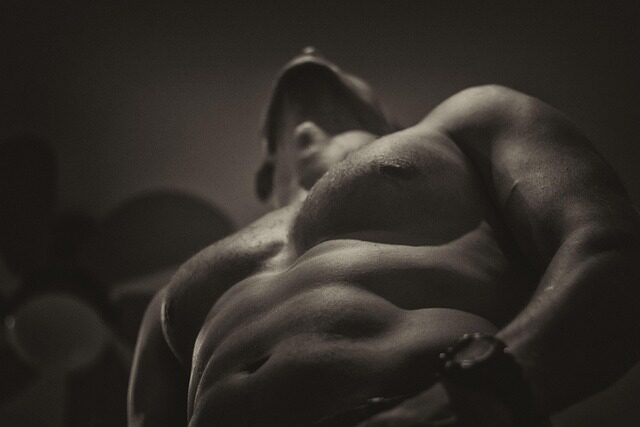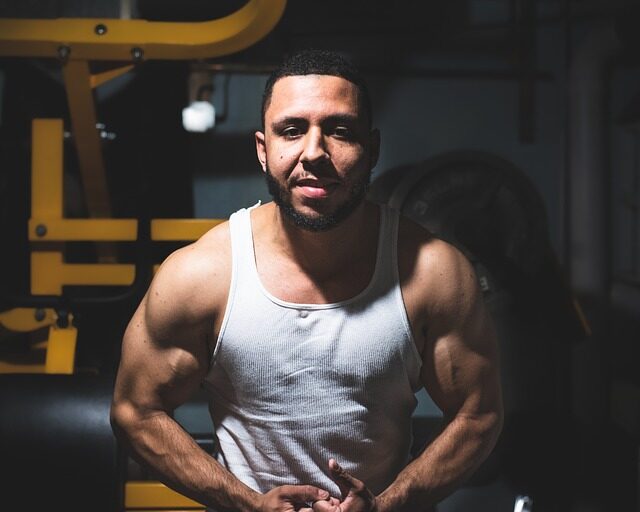Understanding Shoulder Muscles Anatomy, Diagram & Function

The human body is a marvel of bioengineering, and the shoulder is no exception. With its complex structure and range of motion, the shoulder muscles play a crucial role in everyday movements, from lifting a cup to throwing a ball.
Understanding the anatomy, diagram, and function of shoulder muscles not only benefits medical professionals and students but also athletes, fitness enthusiasts, and anyone interested in improving their physical health.
- What Are Shoulder Muscles?
- What Is The Anatomy Of The Shoulder Muscles?
- How Do Shoulder Muscles Function?
- What Are The Different Types Of Shoulder Muscles?
- How To Strengthen Shoulder Muscles?
- What Are Common Injuries Related To Shoulder Muscles?
- When Should You See A Doctor For Shoulder Muscle Pain?
- Understanding Shoulder Muscles Anatomy, Diagram & Function
What Are Shoulder Muscles?
Shoulder muscles are a group of muscles surrounding the shoulder joint, which work together to support and move the arm. They are essential for a variety of upper body movements and contribute to the shoulder's wide range of motion.
The shoulder muscles include both the intrinsic muscles, which originate on the scapula, and the extrinsic muscles, which start from the torso and attach to the bones of the shoulder.
These muscles are involved in various actions such as rotation, abduction, adduction, and stabilization of the shoulder joint, highlighting the importance of shoulder muscles anatomy, diagram & function.
What Is The Anatomy Of The Shoulder Muscles?
The anatomy of the shoulder muscles is intricate, with several layers of muscles working in harmony. The main muscles include the deltoid, rotator cuff, pectoralis major, and biceps brachii.
Each muscle has a specific role, but they all converge to facilitate the smooth movement of the shoulder joint. The deltoid, for instance, is the most prominent muscle, providing the shoulder's rounded contour.
The shoulder muscles anatomy is supported by a network of nerves, blood vessels, and tendons, reflecting a complex system that allows for strength and precision in movement.
How Do Shoulder Muscles Function?
The function of shoulder muscles is to stabilize and move the shoulder joint. The deltoid is particularly important for lifting the arm, whereas the rotator cuff's primary function is to provide stability to the shoulder joint.

Muscles like the biceps brachii facilitate flexion and supination of the forearm, demonstrating the interconnected nature of the shoulder muscles and their role in upper limb function.
Collectively, these muscles allow for a diverse range of movements, from simple tasks to complex athletic maneuvers, emphasizing the function of shoulder muscles.
What Are The Different Types Of Shoulder Muscles?
Shoulder muscles can be grouped into several categories based on their location and function:
- Deltoid: A thick, triangular muscle that covers the shoulder joint.
- Rotator Cuff: Comprising four muscles (supraspinatus, infraspinatus, teres minor, subscapularis) that provide joint stability.
- Pectoralis Major: A large chest muscle that contributes to arm flexion.
- Biceps Brachii: A muscle of the upper arm that assists in forearm rotation and elbow flexion.
- Scapular Muscles: Several muscles that connect the scapula with the thorax and cervical spine, aiding in shoulder blade movement.
This diversity of muscles allows for the complex function of the shoulder.
How To Strengthen Shoulder Muscles?
Strengthening shoulder muscles is key for preventing injuries and improving overall function. This can be achieved through a combination of resistance training, stretching, and targeted exercises such as:
- Shoulder presses
- Lateral raises
- Rotator cuff exercises
- Push-ups
- Swimming
It's essential to focus on both strength and flexibility to maintain a healthy shoulder muscles anatomy and function.
Common shoulder muscle injuries include strains, tears, tendinitis, and impingement syndrome. These injuries can result from overuse, acute trauma, or degenerative conditions.
Symptoms often involve pain, weakness, and limited range of motion, suggesting a disruption in the normal shoulder muscles function.
Appropriate diagnosis and treatment are critical for recovery and preventing further injury.

When Should You See A Doctor For Shoulder Muscle Pain?
If shoulder muscle pain persists, worsens, or is accompanied by swelling, redness, or warmth, it's advisable to seek medical attention.
Early intervention can prevent more serious conditions and ensure the proper function of shoulder muscles is restored.
Now, to further enrich our understanding, let's have a look at a video that explains the shoulder muscles anatomy in more detail:
Understanding Shoulder Muscles Anatomy, Diagram & Function
This section delves into questions related to shoulder muscles anatomy and function, providing comprehensive insights.
What are the muscles of the shoulder and their functions?
The shoulder muscles include the deltoid, rotator cuff, pectoralis major, and biceps brachii, among others. Their functions range from lifting and rotating the arm to stabilizing the shoulder joint.
Each muscle contributes uniquely to the shoulder's mobility and strength, underscoring the complexity of the shoulder muscles anatomy, diagram & function.
What muscles are involved in shoulder pain?
Shoulder pain can involve various muscles, such as the rotator cuff muscles, deltoid, and muscles that attach to the scapula. Overuse or injury can lead to conditions like tendonitis, bursitis, or muscle strains.
Understanding the specific muscle involved can help tailor treatment and rehabilitation for shoulder muscle pain.

What is the muscle at the top of your arm near your shoulder?
The muscle at the top of the arm near the shoulder is the deltoid. It is responsible for giving the shoulder its rounded shape and is crucial for arm abduction.
Its anatomy and function are fundamental in the context of shoulder muscles anatomy, diagram & function.
What is the muscle between the shoulder and armpit?
The muscle between the shoulder and armpit is commonly the pectoralis major or the subscapularis, part of the rotator cuff.
These muscles are integral to the complex system that governs shoulder movement and stability.
Through comprehensive exploration of the shoulder muscles anatomy, diagram & function, we gain invaluable insights that aid in health, fitness, and injury prevention. This knowledge is essential for anyone looking to optimize their physical abilities and understand the body's remarkable capabilities.

Leave a Reply